Mobile App Development
What Services Benefits of MobileApp Development ?
Mobile app development is the process of creating software applications that can be run on mobile devices. Most mobile apps communicate with remote computers via a network to complete their tasks. So, the process of developing a mobile app entails creating software packages that can be installed (code, binaries, assets, and so on), adding backend services such as an API for data access, and testing the app on the devices that will be used.
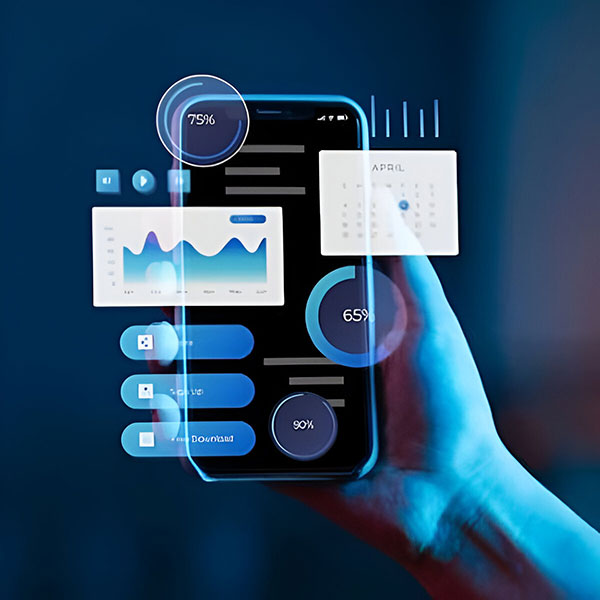

Mobile apps and platforms for device
Today's smartphone market is divided into two major systems. One is Apple Inc.'s iOS app. The popular line of iPhones from Apple are run by the iOS platform running system. Google's Android is the second. It's not just Google products that use the Android operating system. A lot of other OEMs also use it to make their own smartphones and other smart devices.
Building apps for iOS and Android from Rapid IT Zone is similar in some aspects, but you need to utilize different software development kits (SDKs) and development toolchains for each.
Other Ways Besides Making Mobile Apps
When developers like Rapid IT Zone decide the optimal development strategy for their projects, they think about the user experience they desire, the budget, the time they have to complete the project, and the tools they have access to maintain the app.
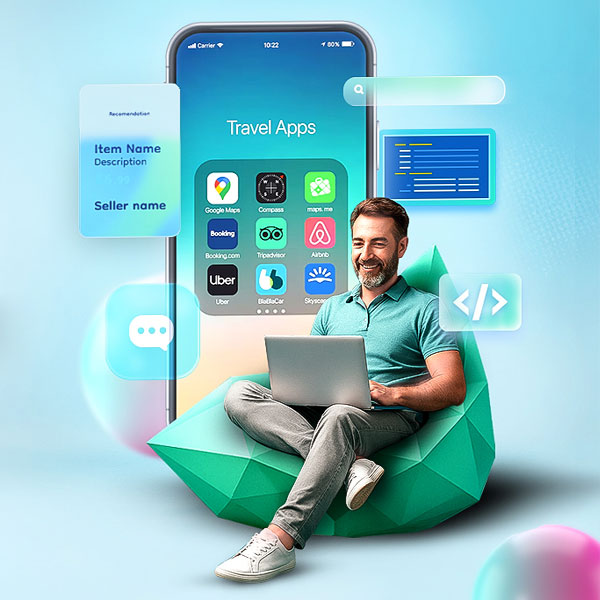
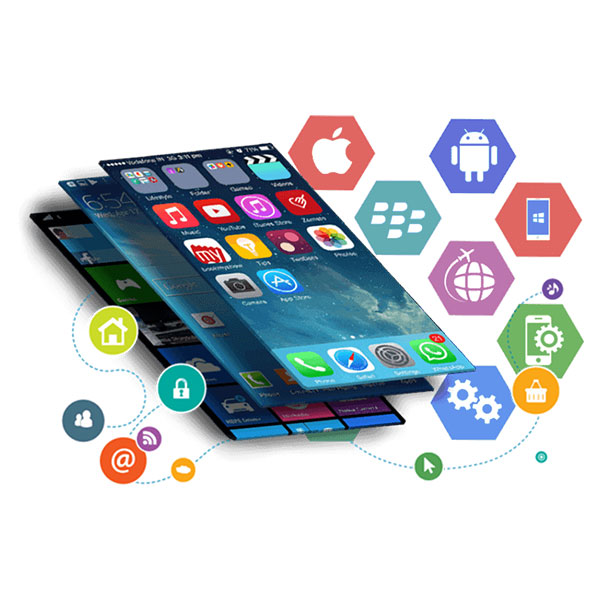
Important Services for Mobile Apps
Developers of mobile apps like Rapid IT Zone can leverage hundreds of internet and third-party services to simplify the process of building and deploying their apps faster. However, it's not possible that a developer will be able to become an expert in all of these services.
Instead, mobile developers should look for a development environment that makes it easier for them to swiftly and simply integrate, use, and consume the most commonly requested features into their app, while also enabling them access any of the many other services that are out there.
- User Management and Sign-up/Sign-In
- Log in using a social network (Facebook, Twitter, etc.).
- Analytics and Getting People To Use It
- Notifications by Push
- Real Device Testing
- Services for Data
- Putting stuff into the cloud
- Data in real time and offline.
- Logic for application and cloud functions
- Learning by Machine
- Bots That Can Talk
- Seeing photos and videos
- Recognition of Speech
The process of creating a mobile application
When you break down the process of creating an app into steps, it becomes clearer. If you wish to create apps, follow these steps:
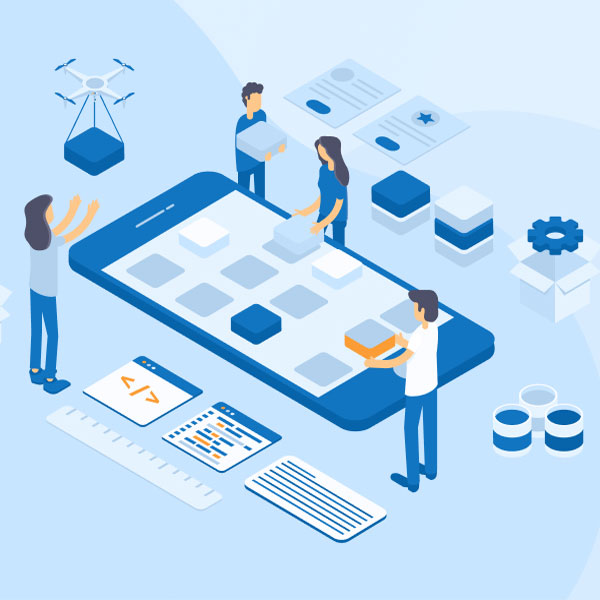
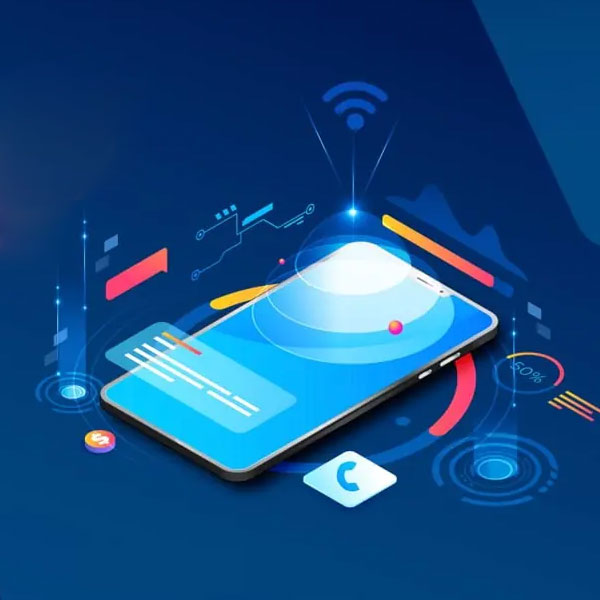
Improve the idea and devise a strategy
Before you begin developing software, you should brainstorm some concepts. Some of you may already have an idea. Some people may be beginning from scratch. Before you begin, here are some good questions to ask yourself:
- How do you want your mobile application to function?
- What would you like your app to do?
- What problem (or problems) would your software address for customers?
- What benefits will your application provide?
- How much money are you willing to invest?
- How will you construct the application? (Your own team, a corporation, an app developer, etc).
It becomes easier when it comes with thoughts. However, it is important that the primary features of the app remain intact. Do not be disturbed by unnecessary facilities or "good-to-build" which is different from the primary function of the app.
Studying the Market
After you've decided on an idea, look for existing apps that accomplish comparable things. It is not common to come up with a brand fresh idea with no competitors.


How will you sell and promote your app?
This is a critical stage that you cannot skip or rush through. The last thing you want is to invest time and money into a plan only to discover that no one wants it. You will save a significant amount of money if you address this prior to beginning construction.
User experience must come first
After creating the wireframes, you should create some prototypes of the app before moving on to the actual development. Starting here, you can create an MVP (minimum viable product). These are the app's only features. It only does what it's designed to do.
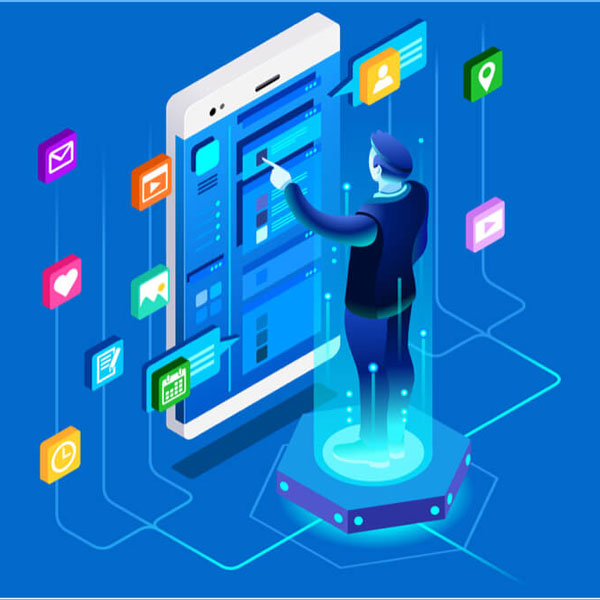
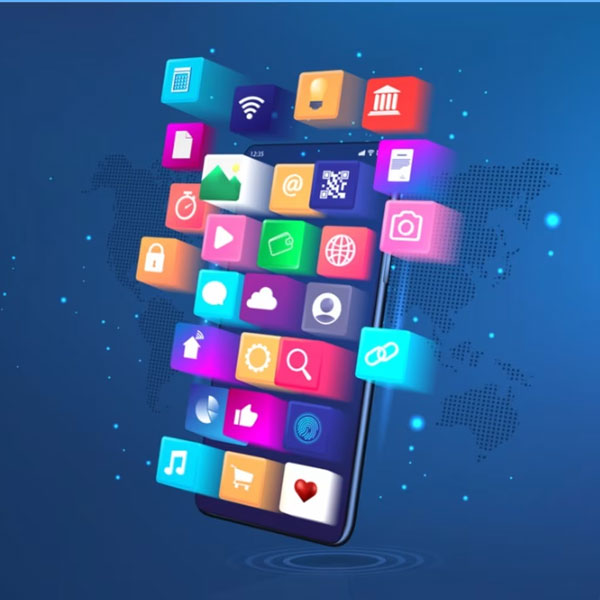
Development of apps
It is now time to create the application itself. This includes all back-end technology, APIs, and front-end building. What you should do is:
- Choose how you wish to grow.
- Bring your development team together.
- Select a project manager.
- Create a schedule with goals and crucial dates.
- Move rapidly and expect things to change.
That depends on how you build the app. You may need to create two versions: one for iOS and one for Android. On the other side, you can use cross-platform development tools to have the software run on both computers using a single copy
It should be simple and inexpensive to create a simple app with only the most fundamental functionalities. However, developing a comprehensive software from Rapid IT Zone that requires user authentication servers, GPS, real-time communication between users, and other such features will undoubtedly take longer.
Testing
Before launching your app, it is necessary to ensure that IT act correctly. During the test phase, you will identify bugs, glitter and other issues that your customers need to resolve before watching. The most effective way to test your app is to work on it during its development phase. Additionally, you can introduce new features after the initial release and roll out the update.
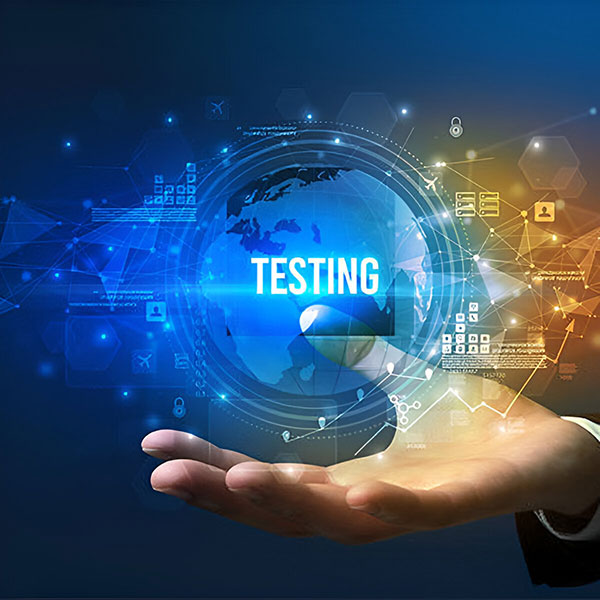

Conclusion
There is a lot to learn about creating a mobile app from Rapid IT zone. However, whether you are developing a cross-platform or native app, user experience should always come first. The primary goal of your app facilities should be met, and interactive components must be simple to use.
There are many different approaches to develop an app. The ideal choice for you depends on your budget, goals, time limits, technical talents and complexity of the app.
Rapid IT Zone is the finest overall pick because to its versatility. There is a no-code DIY option on Rapid IT Zone that is ideal for business owners. We can also build apps for you from start to finish, including maintenance and support after they are released.
